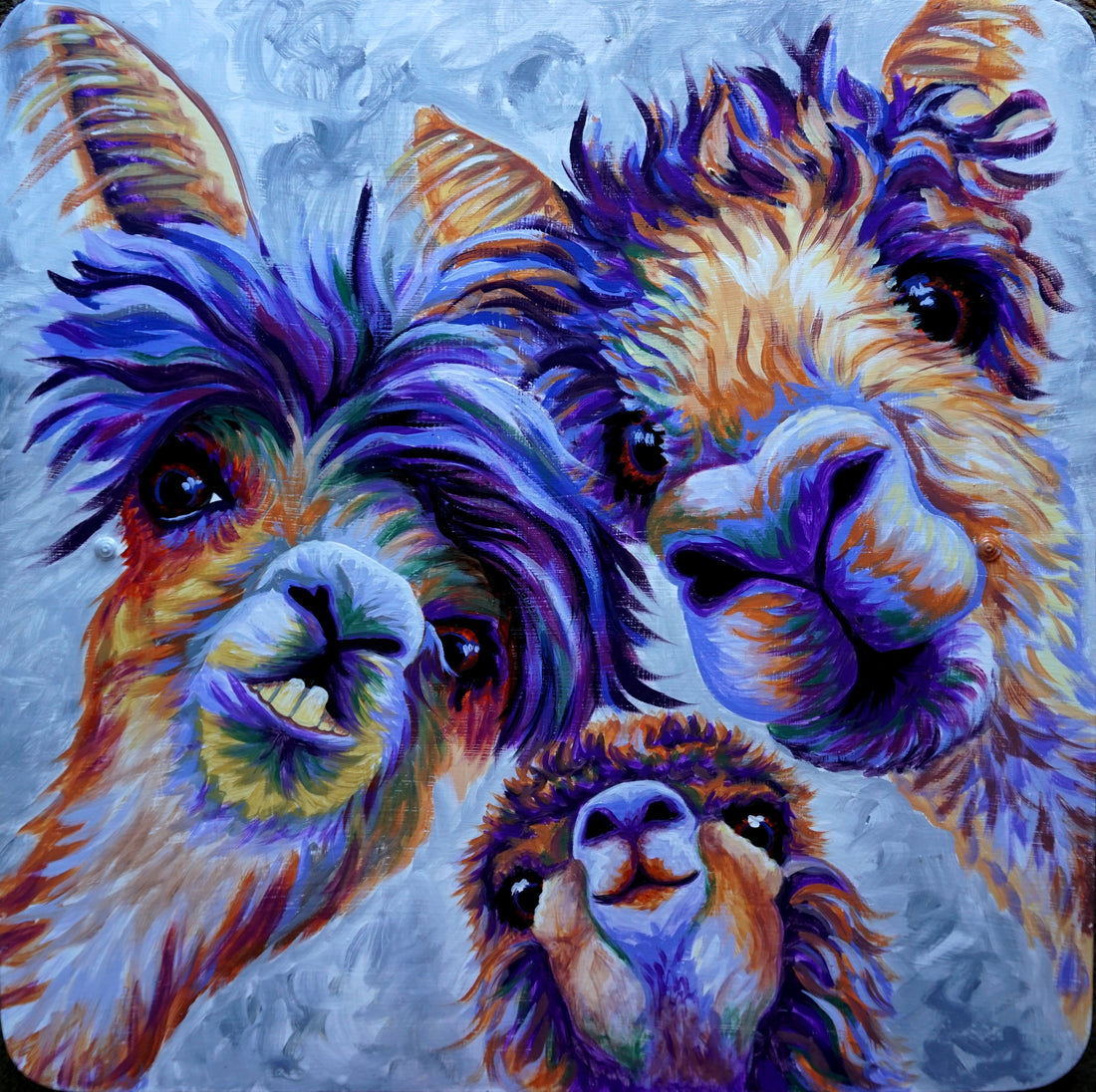Realism always felt like a photographic cage to me. Why spend hours meticulously recreating what a camera could capture in seconds? My art needed more—more emotion, more interpretation, more of myself.
Impressionism became my artistic language of freedom. During a transformative trip to Paris in 11th grade, visiting the Louvre and Impressionism museums, I discovered a world where art wasn't about exact reproduction, but personal expression. Masters like Monet, Renoir, and Manet showed me that color and feeling mattered more than precise details.
Many art collectors and fellow artists worship technical perfection—believing great art means microscopic brushstrokes that mirror reality. But for me, art is about choice. Each painting is a creative dance where I decide the rhythm, the palette, the emotion.
When fellow artists ask how I choose colors that don't exist in the original scene, I smile. That's precisely the point. My canvas isn't a mirror—it's a window into my imagination. Why limit myself to what's physically present when I can create something uniquely mine?
The fluidity of Impressionism allows for playful interpretation. Soft, blended strokes capture essence over exactitude. A landscape becomes less about literal representation and more about feeling—the way sunlight might feel, how wind moves through trees, the emotional landscape behind the physical one.
My brushstrokes are deliberate choices. Each color is an emotional statement. Every abstraction is a personal narrative. Impressionism lets me transform a simple scene into a complex emotional experience.
Art, after all, should be more than reproduction. It should be revelation.


